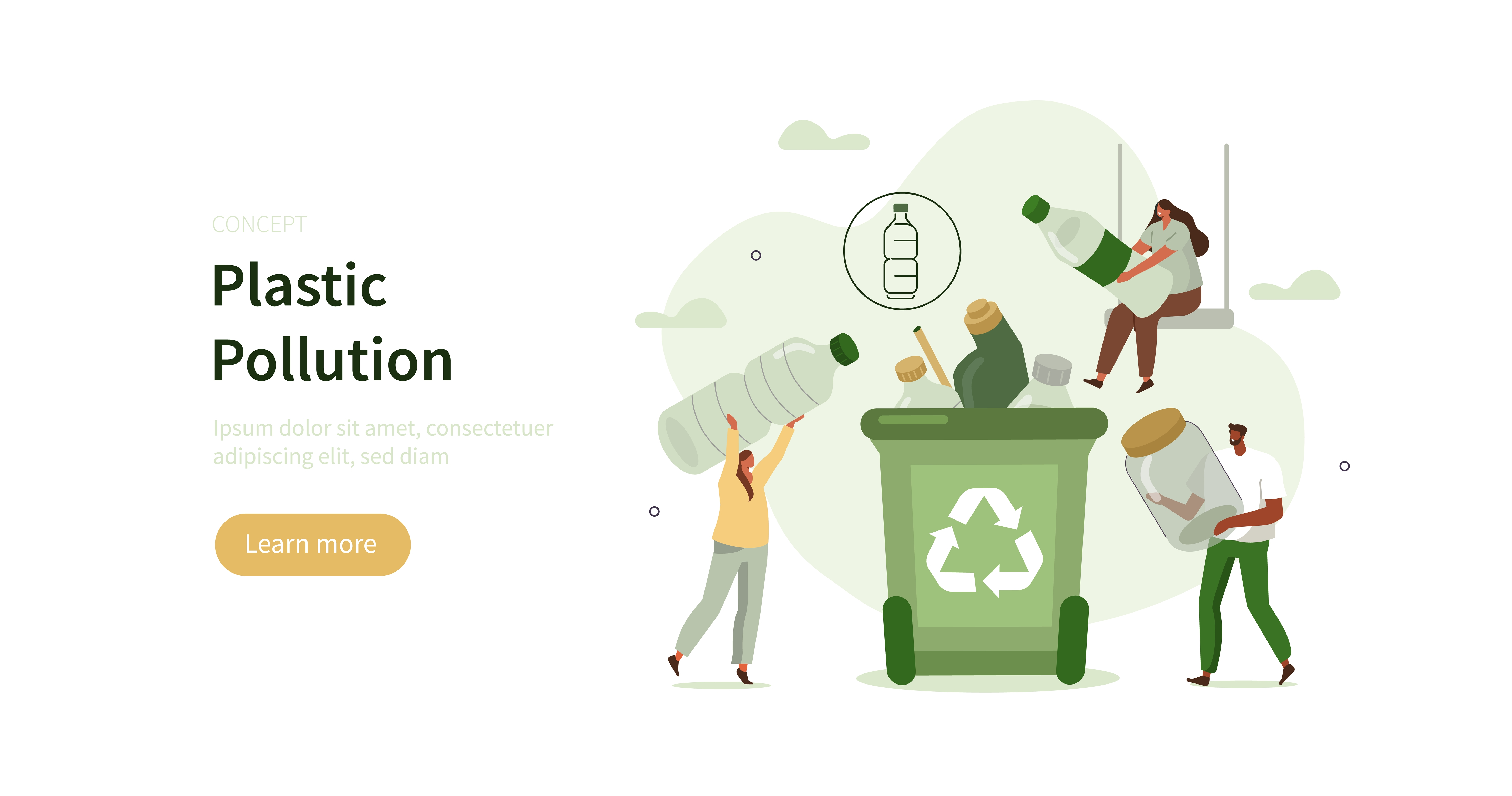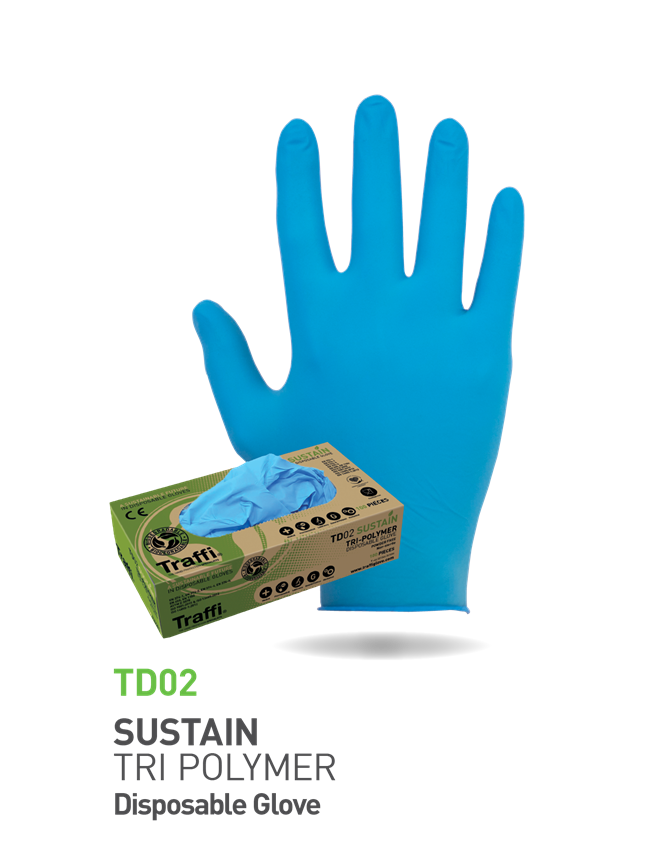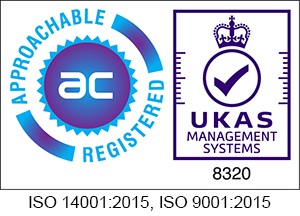The issue of biodegradable plastics and their contribution to the microplastics issue is complex and an area of ongoing research and debate.
However, in an innovative shift towards sustainability, the composition of disposable gloves has undergone a significant transformation. Moving away from the traditional models with a high carbon footprint, a new approach has been adopted, emphasising environmental responsibility and measurable sustainability.
Central to this change is the introduction of exceptionally high-quality natural rubber as a primary ingredient. This sourced rubber is highly regulated ensuring both quality and sustainability. By blending this natural rubber with synthetic polymers, including nitrile, a unique and effective composite material is created. The products have rapid biodegradation of 82% within 90 days. They are also ISO 14855-1:2012, and Food Approved – EN1186.
The environmental benefits of this approach extend beyond the material composition of the gloves. The rubber trees from the plantations, after their latex-producing lifecycle, are repurposed as biomass wood pellet fuel. This not only provides sustainable energy for powering and heating the factory but also significantly reduces the overall carbon footprint of the production process.
Contrastingly, traditional disposable nitrile gloves are made from petroleum-derived materials, specifically a synthetic rubber. These gloves are not derived from natural sources, and their production involves processes that can be harmful to the environment.
The new glove referred to as TD02, stands out for its rapid biodegradability, breaking down much faster than traditional options. This feature is a testament to the company’s commitment to reducing environmental impact and enhancing sustainability in their product lines. By rethinking the ingredients and embracing natural, renewable resources, new standards are being set for disposable gloves, prioritising both performance and ecological responsibility.
However here are some key points to consider:
Definition of Biodegradable Plastics: Biodegradable plastics are designed to break down under certain conditions, such as exposure to specific microorganisms, typically in industrial composting facilities. However, the rate and completeness of this degradation process can vary significantly based on the environment and the type of biodegradable plastic.
Breakdown in Different Environments: In ideal conditions (like industrial composters), biodegradable plastics should break down into water, carbon dioxide, and biomass, ideally leaving no microplastics behind. However, in less controlled environments (like oceans, rivers, or standard landfills), these materials may not fully degrade, potentially fragmenting into microplastics.
Incomplete Degradation: If biodegradable plastics do not find the right conditions for degradation (like specific temperature, microorganisms, or humidity), they may break down only partially, resulting in the creation of microplastics. These tiny plastic particles can be less visible but still pose environmental risks, especially in marine environments.

Research and Regulations: The understanding of how biodegradable plastics break down in various environments is still developing. There's a need for more research and standardized regulations to ensure these materials degrade safely without contributing to microplastics pollution.
In conclusion, while biodegradable plastics have the potential to be more environmentally friendly than traditional plastics, their contribution to the microplastics problem depends on how they are manufactured, used, and disposed of. Proper management and disposal, along with ongoing research and development, are crucial to minimize their potential environmental impact.
For more information see the WWF website







